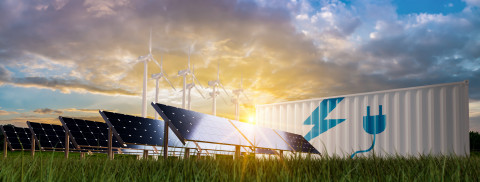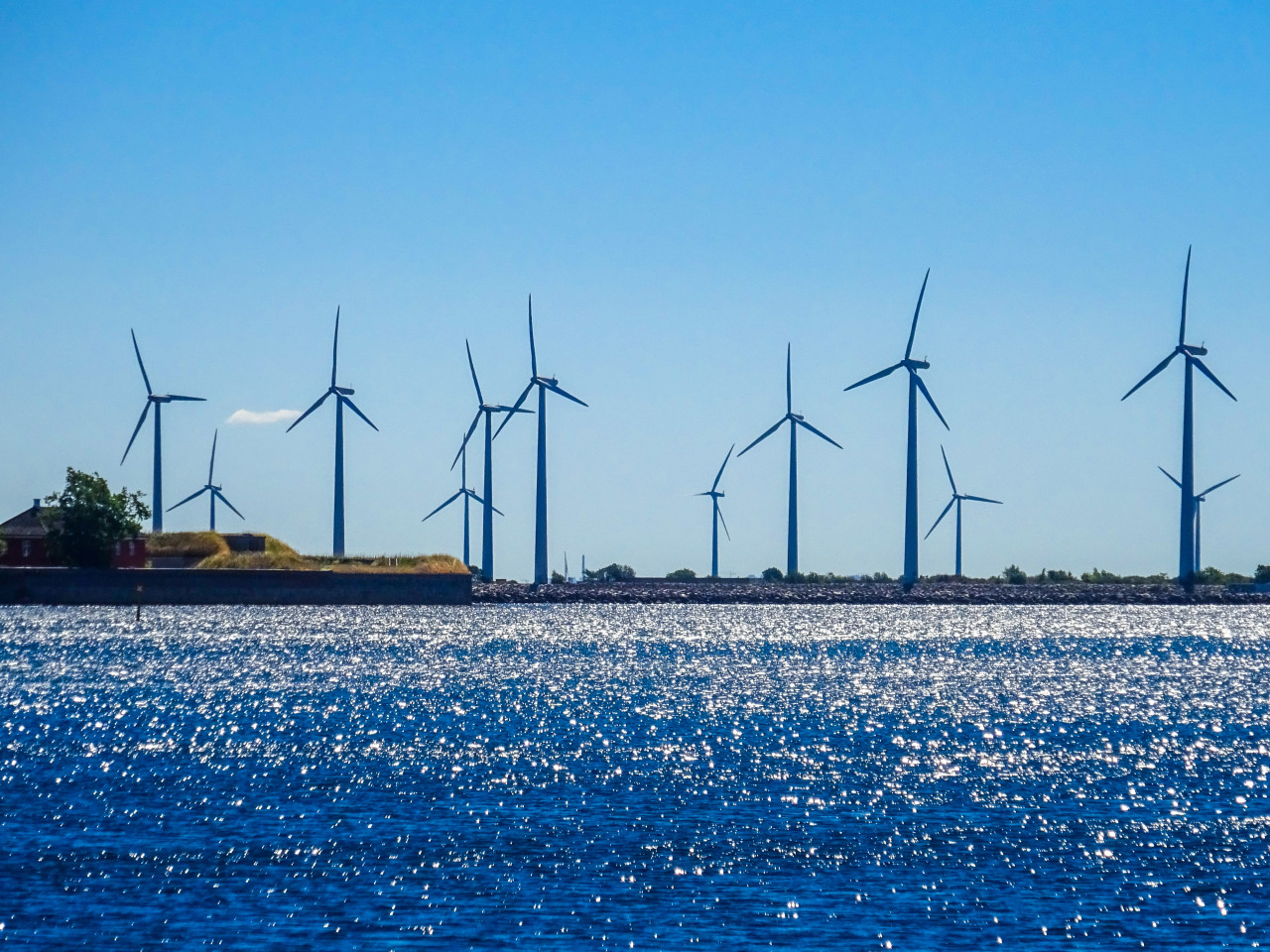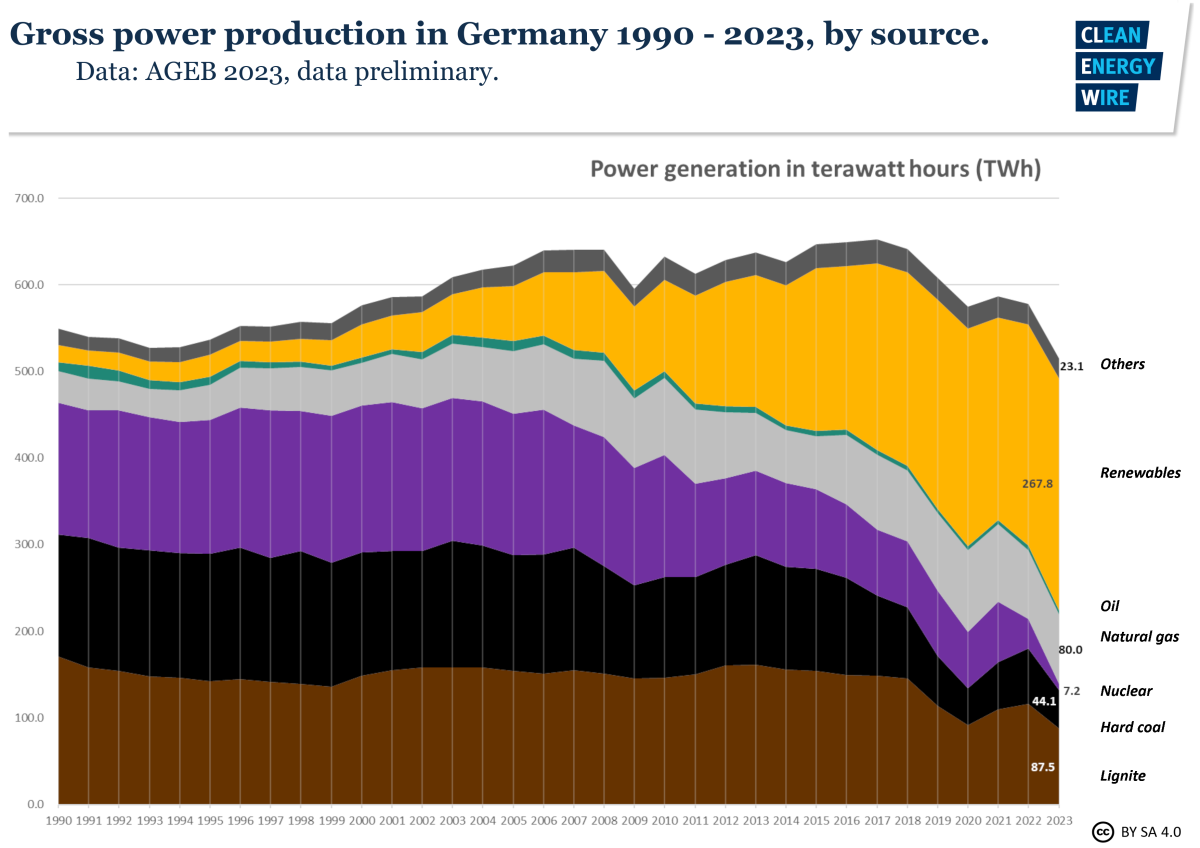Germany's carbon dioxide emissions fell to their lowest in 70 years in 2023, touching levels last seen in the 1950s, the think tank Agora Energiewende announced. This was largely due to reduction of coal-fired power and production cutbacks at energy-intensive industries, the Berlin-based think tank added.
Europe's largest economy by GDP recorded emissions of 673 million tonnes in 2023, the lowest since the 1950s and 46 percent below the country's 1990 emissions. The result also beat the government's goal of curbing emissions in 2023 to 722 million tonnes.
Germany aims to cut greenhouse gas emissions 65 percent from 1990 levels by 2030, and become carbon neutral by 2045.
However, the institute warned that the decline was unsustainable unless the country implemented climate policy changes. "2023 was a two-speed year as far as climate protection in Germany is concerned: the energy sector notched up a climate policy success with its record level of new renewable power, taking us closer to the 2030 target," said Simon Müller, director of Agora Energiewende. "However, we don't consider the emissions reductions seen in the industrial sector to be sustainable. The drop in production due to the energy crisis weakens Germany's industrial base. If emissions are simply shifted abroad as a result, this won't benefit the climate. The buildings and transport sectors are also lagging as far as structural climate protection measures are concerned."
Earlier this week, the Bundesnetzagentur, Germany's power grid regulator, announced that 55 percent of electricity on the country's power gird came from renewable sources in 2023, a gain of 6.6 percentage points from 2022. This took RE's share past the half-way mark.
In a statement, Economy Minister Robert Habeck said, "We have broken the 50 percent mark for renewables for the first time," adding: "Our measures to simplify planning and approvals are starting to take effect."
Within renewables sources, offshore wind dominated, accounting for 31.1 percent share of the energy mix, followed by solar at 12.1 percent and biomass-based green power at 8.4 percent. The balance 3.4 percent of the energy mix came from hydropower and other renewables sources.
Germany aims to generate 80 percent of its energy from green sources by 2030. The country's climate plans call for abandoning most of its coal-fired generation capacity and using its remaining gas plants largely for back-up purpose rather than primary power generation. The target date for phasing out coal capacity in 2038, but economy minister Habeck supports an exit by 2030.

South Africa launches bids for 5,000 MW renewable and 615 MW battery capacity to beat power deficit
Read More


